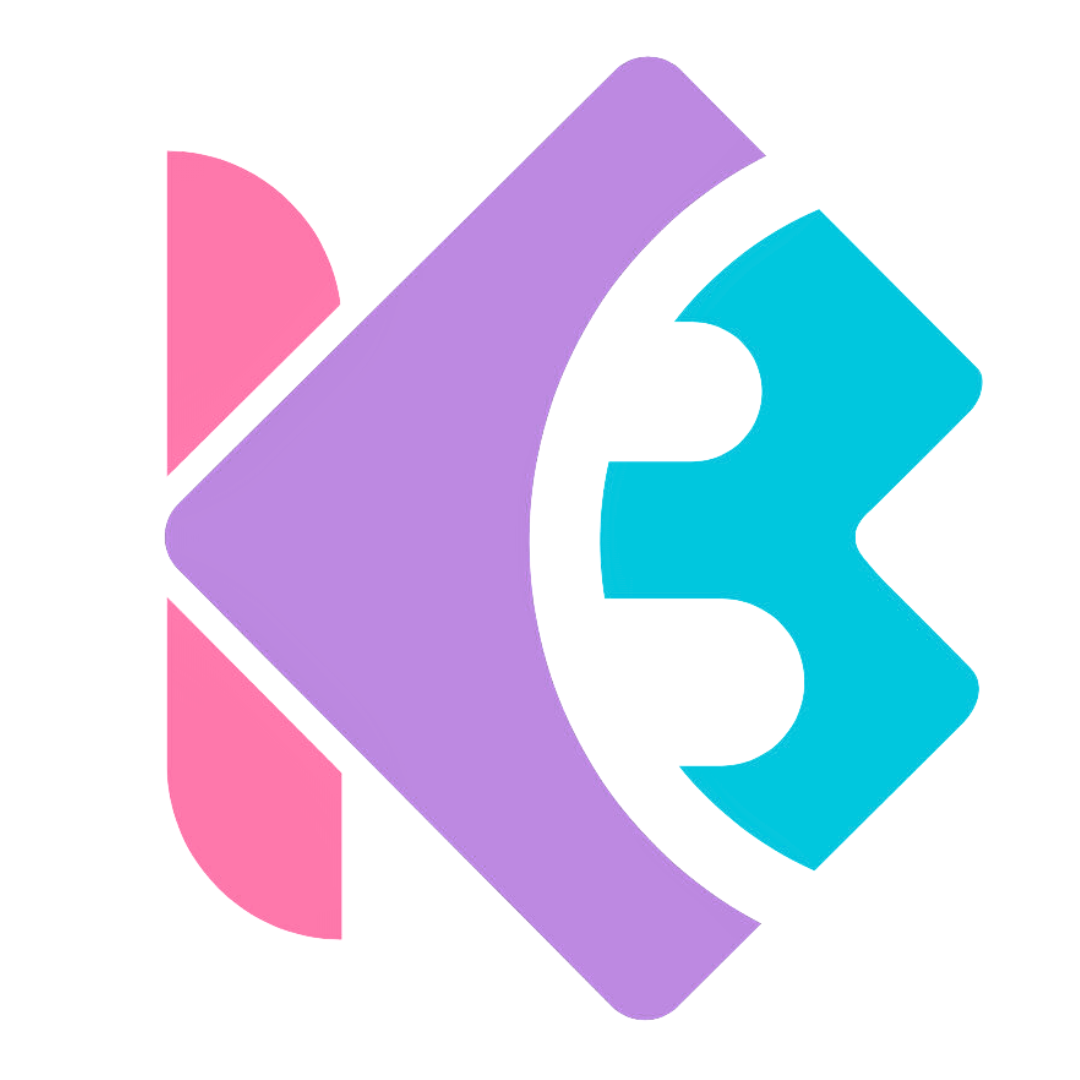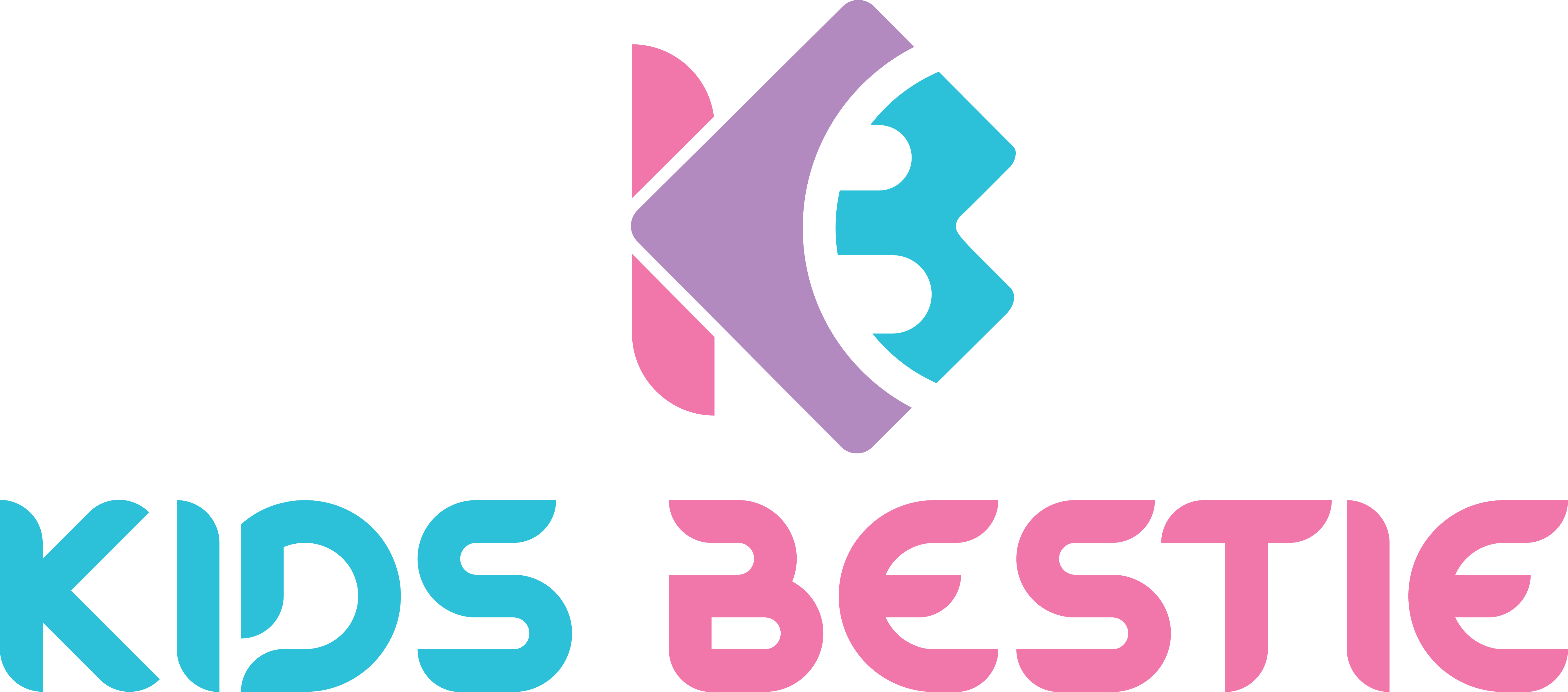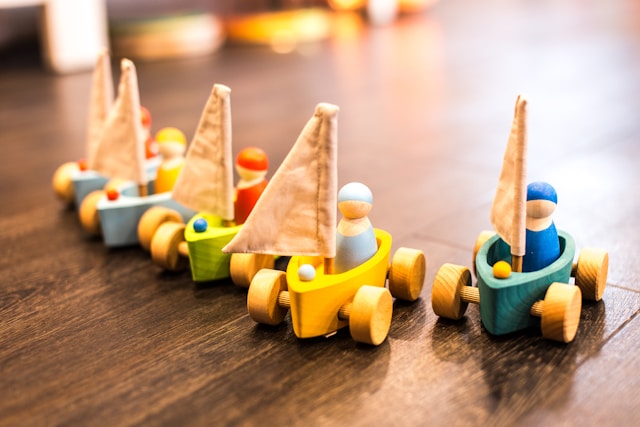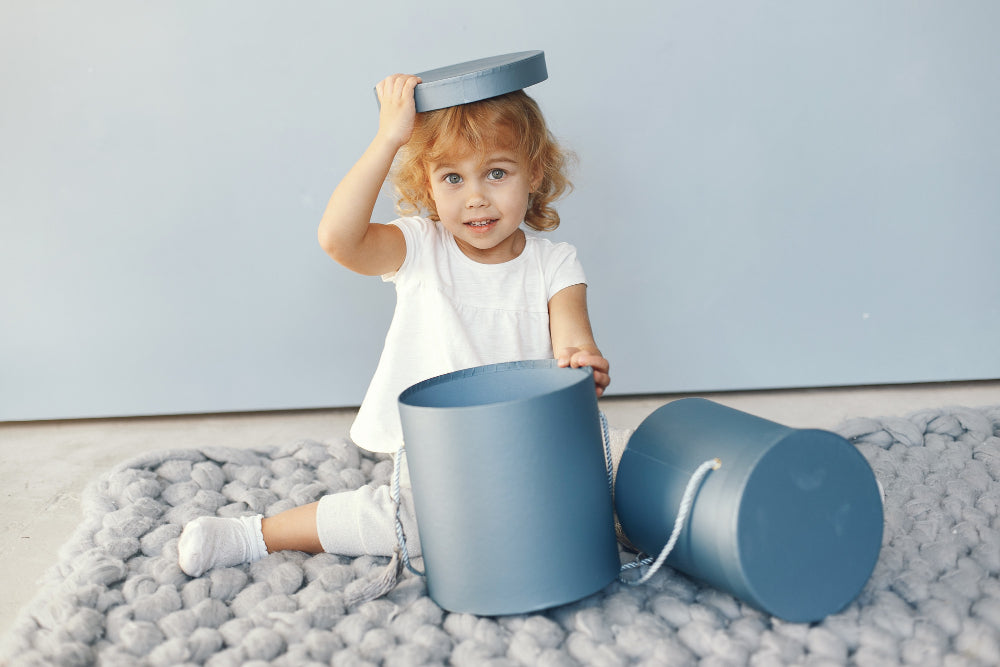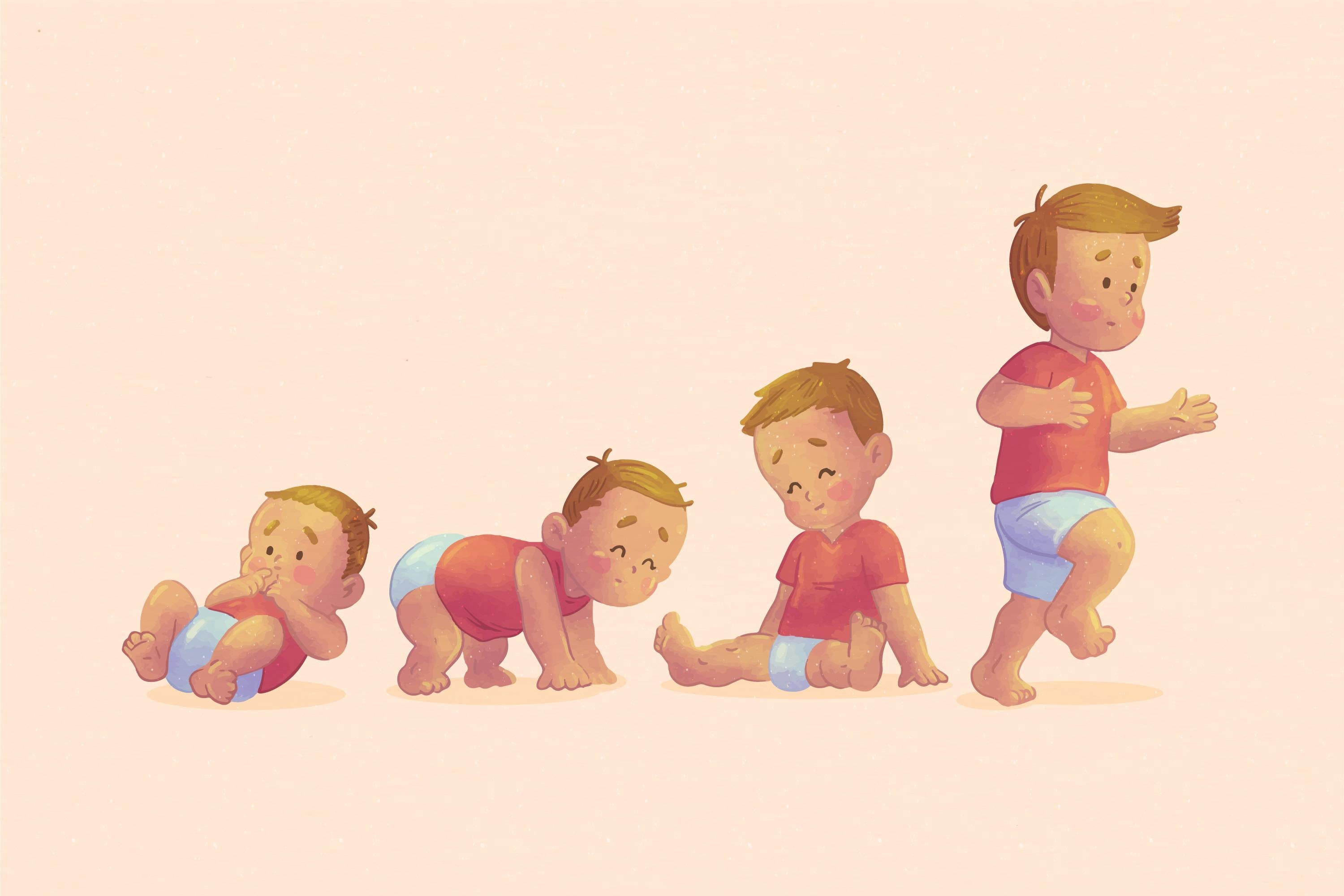
How Toys Boost Brain Development in Babies 0–6 Months (with Expert Insights)
Play is not only fun to newborn children but it is the way that the brains of the newborns develop, relate, and learn about the world. The simple toys are the right toys and with...
When my neighbor Priya brought her newborn home last month, she asked me something that stopped me in my tracks: "Do babies this tiny even need toys?"
I get it. A two-month-old can't exactly build blocks or solve puzzles. But here's what surprised both of us—those first six months are when your baby's brain grows faster than it ever will again. And the right toys? They're not just playthings. They're 
What's Actually Happening Inside Your Baby's Brain
Between birth and six months, your little one's brain forms over a million neural connections every second. That's not a typo—every single second. Dr. Patricia Kuhl, co-director of the Institute for Learning & Brain Sciences at the University of Washington, describes this period as a "critical window" where babies absorb everything around them like tiny sponges.
"The infant brain is designed to learn," Dr. Kuhl explains in her research. "Babies are born ready to learn, and the experiences they have in the first year shape the architecture of their developing brain."
This means the black-and-white rattle you shake isn't just keeping your baby entertained during a diaper change. It's literally wiring their brain for vision, coordination, and learning.
The Science Behind Early Play
Researchers at the National Institute of Child Health and Human Development found that babies who engage with age-appropriate toys show stronger cognitive skills later in childhood. But what makes a toy "appropriate" for someone who can't even sit up yet?
Three things matter most: sensory stimulation, contrast, and simplicity. 
Your newborn sees the world in a blur of shapes and shadows. High-contrast patterns—especially black, white, and red—are what their developing eyes can actually process. Dr. Anne Fernald, a developmental psychologist at Stanford University, notes that "visual engagement in the first months sets the foundation for attention span and focus later on."
That's why something as basic as a black-and-white cloth book works wonders. At Kids Bestie, our high-contrast sensory cards are designed exactly for this—bold patterns that grab your baby's attention and help their visual pathways strengthen with every glance.
What Happens When Babies Touch, Grab, and Explore
Around three to four months, most babies start reaching for objects. This seemingly simple action is actually a massive cognitive leap. They're learning cause and effect: "I move my hand, and something happens."
Soft rattles and textured toys become essential here. The crinkling sound of a fabric toy or the gentle shake of a rattle teaches your baby that their actions have consequences. Dr. Alison Gopnik, a professor of psychology at UC Berkeley and author of The Philosophical Baby, calls this "the scientist in the crib" phase.
"Babies are doing experiments," Dr. Gopnik says. "They're testing hypotheses about how the world works, and play is their laboratory."
When your four-month-old drops a toy for the tenth time, they're not being difficult. They're genuinely curious: "Will it fall again? Does it always make that sound?" Toys with different textures, sounds, and weights feed this natural curiosity.
Sound, Music, and Language Development
You know those moments when your baby goes silent, staring intently at your face while you sing a silly song? That's active learning.
Studies from the University of Montreal show that babies as young as two months can detect rhythm patterns. Musical toys—whether it's a simple shaker or a soft toy that plays lullabies—help babies recognize patterns, which is the foundation for language.
Dr. Kuhl's research also found that babies who hear more words and sounds in their first six months develop larger vocabularies by age two. Talk to your baby while they play. Narrate what they're doing: "You're shaking the rattle! Listen to that sound!"
Our sensory play gym at Kids Bestie includes hanging toys that make gentle sounds when touched. It's designed to encourage reaching, listening, and that magical moment when your baby realizes they made that happen.
Tummy Time Toys That Actually Help
Let's be honest—most babies hate tummy time at first. But this exercise is crucial for building neck and shoulder strength, which they'll need for rolling, sitting, and eventually crawling.
The trick? Give them something interesting to look at.
A simple mirror toy placed at eye level can turn tears into fascination. Babies are hardwired to look at faces, and seeing their own reflection (even though they don't know it's them yet) keeps them engaged. Dr. Andrew Meltzoff's research at the University of Washington confirms that babies learn by imitation, and mirrors support this early self-awareness.
Textured mats with crinkly sections or attached toys also work well. The key is variety—different textures, sounds, and visuals that reward your baby for lifting their head and looking around.
Keeping It Simple (Because You're Already Exhausted)
Here's the thing nobody tells you: you don't need fifty toys. You need five good ones that you rotate.
Dr. Kathy Hirsh-Pasek, a professor of psychology at Temple University, warns against overstimulation. "Less is often more with babies," she says. "What matters is responsive play—toys that react to what the baby does."
Start with:
-
High-contrast cards or books for visual tracking
-
A soft rattle for grasping and sound exploration
-
A textured toy for tactile learning
-
A safe mirror for tummy time
-
A simple activity gym with hanging toys
Rotate them every few days. What seemed boring last week might suddenly be fascinating once your baby develops a new skill.
The Real Magic Isn't in the Toy
All the research points to one truth: the toy itself isn't magic. You are.
When you shake that rattle and watch your baby's eyes light up, you're teaching them joy. When you place a toy just out of reach during tummy time and cheer them on, you're building resilience. When you hand them a textured toy and describe what they're feeling, you're wiring their brain for language.
Dr. Gopnik puts it beautifully: "The most important thing isn't the toy. It's the relationship—the back-and-forth, the shared attention, the delight in discovery."
So yes, toys matter. But what matters more is you, playing alongside them, celebrating every tiny milestone.
Because those million neural connections forming every second? They're not just responding to the toy. They're responding to you.
